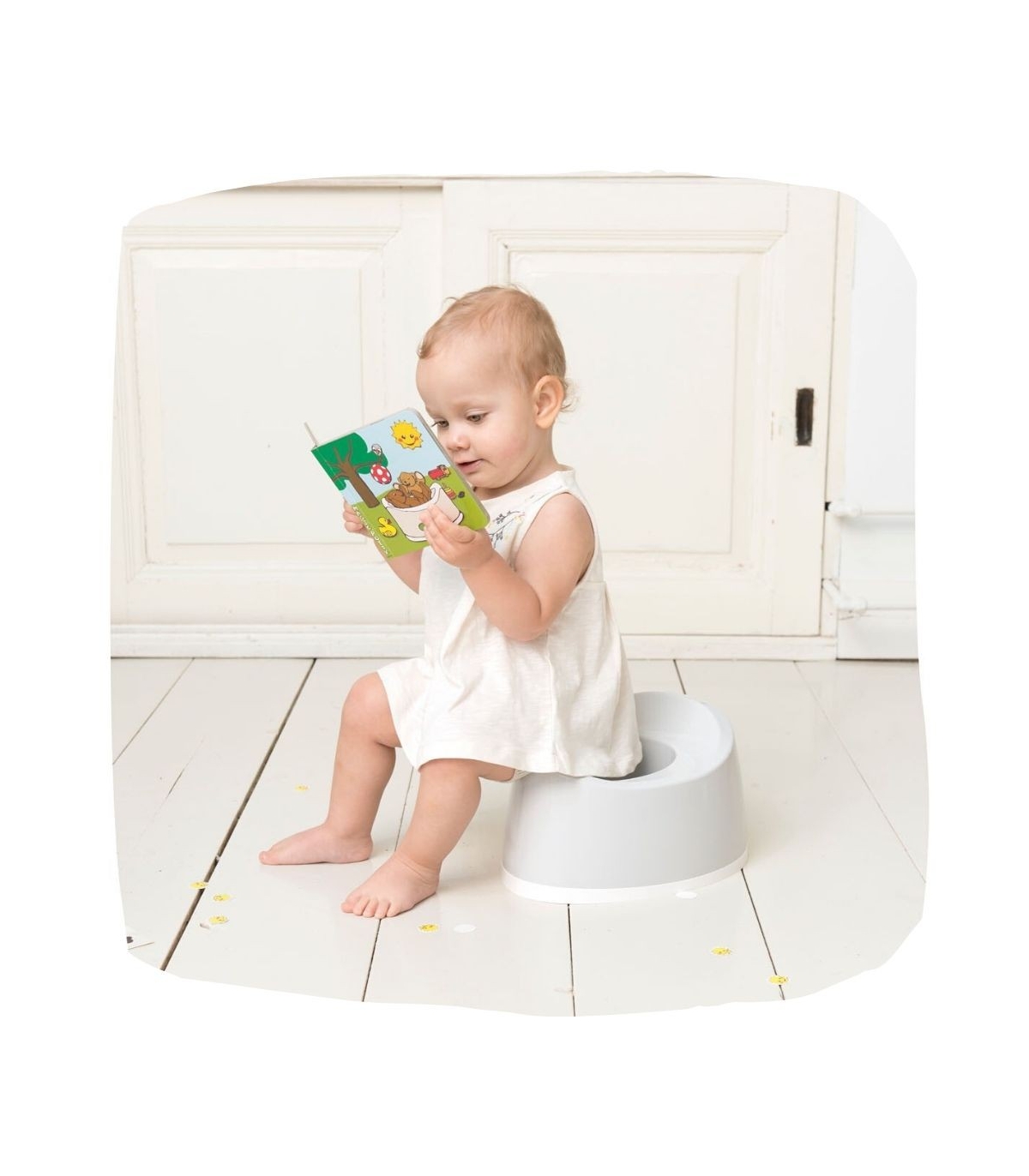
Mi Cacalendario: libro para dejar los pañales con pegatinas y tabla de recompensas y empezar con el orinal : Karin Sundby: Amazon.es: Libros

▷ Chollo Libro "Mi Cacalendario: deja los pañales con pegatinas y empieza con el orinal" por sólo 9,95€

Mi Cacalendario: libro para dejar los pañales con pegatinas y tabla de recompensas y empezar con el orinal : Karin Sundby: Amazon.es: Libros

Mi Cacalendario: libro para dejar los pañales con pegatinas y tabla de recompensas y empezar con el orinal : Karin Sundby: Amazon.es: Libros

Puedo mirar tu pañal? (Ratón fisgón) : van Genechten, Guido, van Genechten, Guido, Tellechea, Teresa: Amazon.es: Libros

Mi Cacalendario: libro para dejar los pañales con pegatinas y tabla de recompensas y empezar con el orinal : Karin Sundby: Amazon.es: Libros

Mi Cacalendario: libro para dejar los pañales con pegatinas y tabla de recompensas y empezar con el orinal : Karin Sundby: Amazon.es: Libros


















